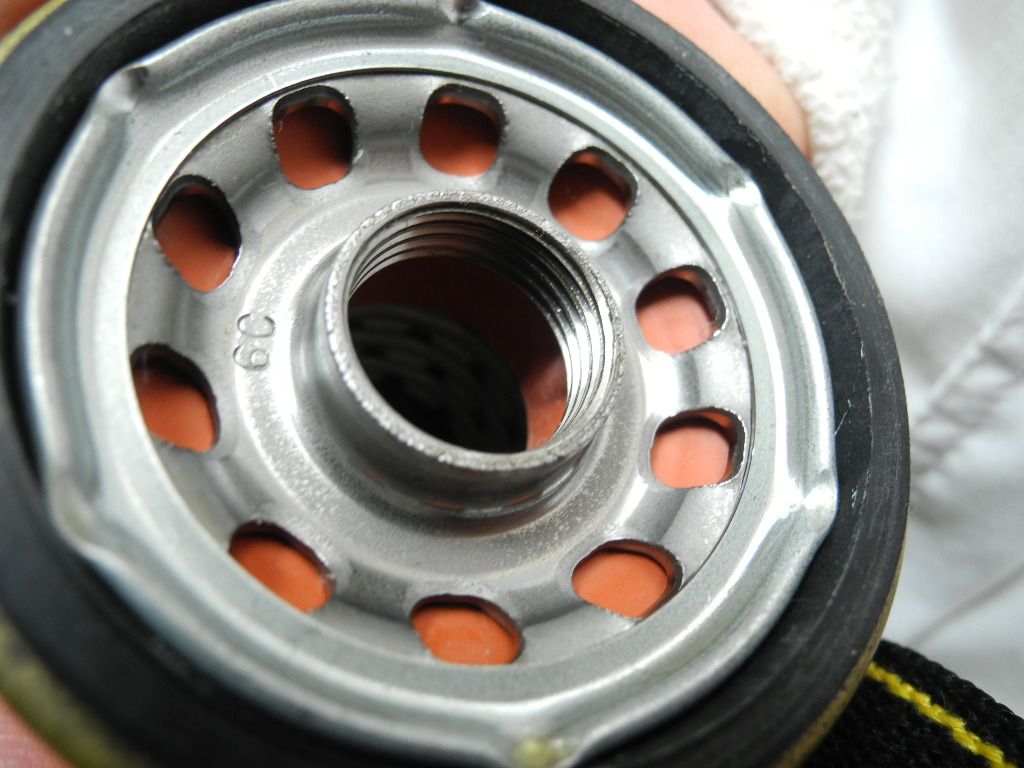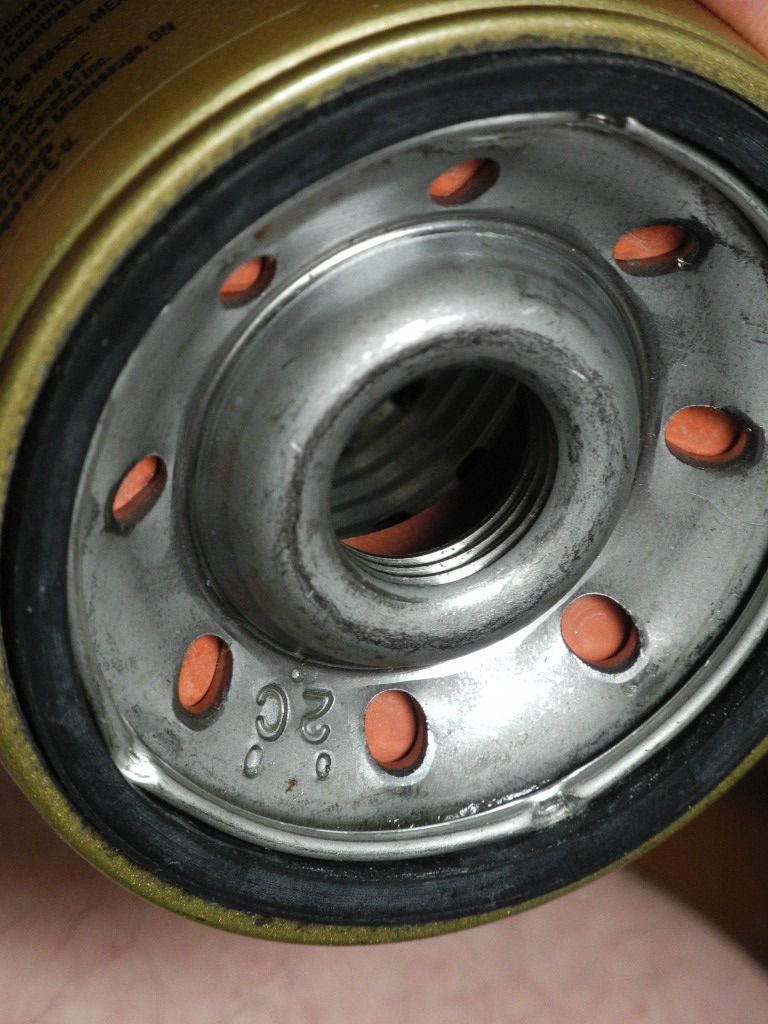After reading a lot of people like the Fram Ultra oil filters here on BITOG I have been using them with no problems on several vehicles.
I wanted to put one on my sons boat. It has a 454 385 HP Chevy big block in a 27' Formula.
He keeps it wide open most of the time.
The holes on the Fram filter are way smaller than the ones on the stock Mercruiser filter. They are way smaller than the other brand filters I looked at, at Wal-Mart. The Motocraft filter even has large slots.
Any flow problems with the holes that are way smaller?
P.S. The stock Mercruiser brand filters are really cheaply made in my opinion. I compared then a few years back to the old style Wal-Mart Super Tec. filters and they looked to be the exactly the same. I would not use one.
Thanks, guys.
I wanted to put one on my sons boat. It has a 454 385 HP Chevy big block in a 27' Formula.
He keeps it wide open most of the time.
The holes on the Fram filter are way smaller than the ones on the stock Mercruiser filter. They are way smaller than the other brand filters I looked at, at Wal-Mart. The Motocraft filter even has large slots.
Any flow problems with the holes that are way smaller?
P.S. The stock Mercruiser brand filters are really cheaply made in my opinion. I compared then a few years back to the old style Wal-Mart Super Tec. filters and they looked to be the exactly the same. I would not use one.
Thanks, guys.






